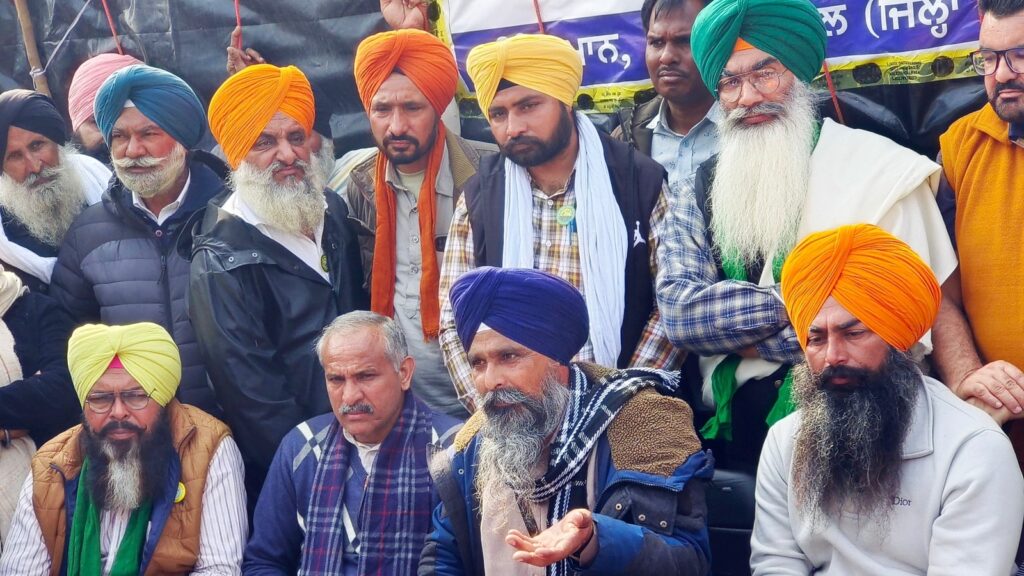The protesting farmers have said halfway offers against their demand for legislatively guaranteed minimum support price (MSP) are unacceptable. They have rejected the Centre’s proposal of contract-based procurement of five crops at MSP for five years, and plan to march to the national capital. The approaching general elections may give them some bargaining power, but farmers’ sustained well-being needs a calibrated climbdown at both ends rather than the government being forced for an MSP guarantee. Such a law would exhaust a large chunk of its finances, leaving other crucial areas underfunded.
The protesting farmers have said halfway offers against their demand for legislatively guaranteed minimum support price (MSP) are unacceptable. They have rejected the Centre’s proposal of contract-based procurement of five crops at MSP for five years, and plan to march to the national capital. The approaching general elections may give them some bargaining power, but farmers’ sustained well-being needs a calibrated climbdown at both ends rather than the government being forced for an MSP guarantee. Such a law would exhaust a large chunk of its finances, leaving other crucial areas underfunded.
For its part, the government must recognise the insecurity underpinning the insistence on State guarantees — implementation of the Swaminathan formula, MSP, and assured procurement. Farmers didn’t get remunerative prices for 16 of the 18 years to 2021-22, thanks to high input costs in agriculture, an HT analysis showed this week. This has been compounded by the government’s interventions to control prices for the consumer, such as export bans and high price thresholds for the export of certain grain varieties; these are poor solutions for the inequity between the economic power of the producer and agri-traders.
So, what needs to be done? The government and the farmers may agree on a price-support regime for the short-run while agricultural spending pivots towards increasing capital expenditure. This has been falling, which doesn’t augur well for the future of the sector given the portent of the climate crisis. Steps need to be taken to increase farm productivity and resilience. To that end, the government must step up spending on R&D in agriculture. Though India has recorded impressive jumps in such funding in recent years, R&D’s share in the agriculture budget remains a low 6.7%. For their part, farmers must realise that they can’t dither on crop diversification. Fertiliser- and water-intensive cereals must give way to crops that don’t drain precious resources.
India’s agriculture policy needs to be forward-looking. Though inequities between economic actors in the agriculture market make certain protections necessary, all engagement with the market can’t be stonewalled. Unions would be more successful at securing the future of farming if they were to work on organising farmers into Farmer Producer Organisations to achieve both the scale and bargaining power for negotiating better prices.
Continue reading with HT Premium Subscription
Daily E Paper I Premium Articles I Brunch E Magazine I Daily Infographics


